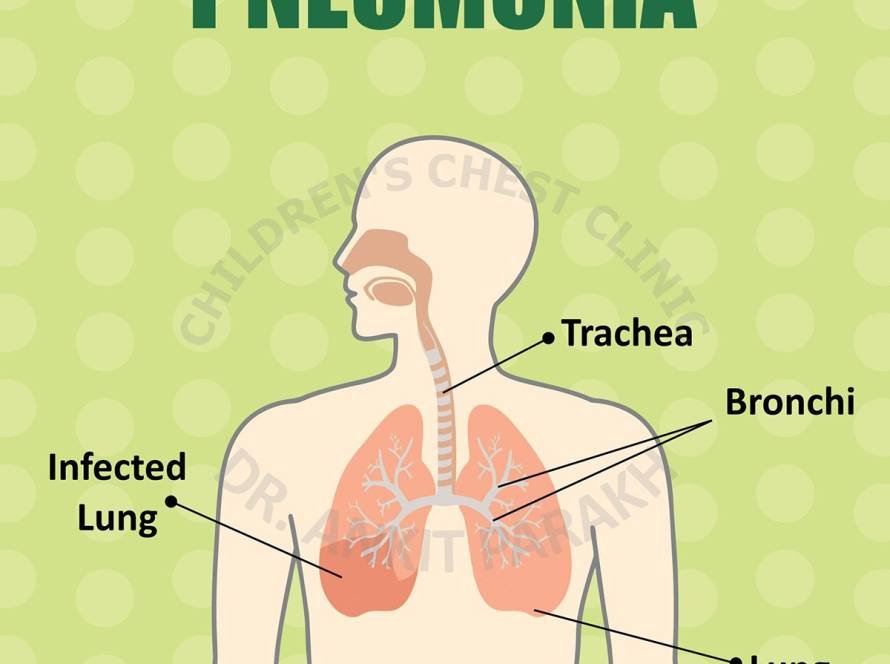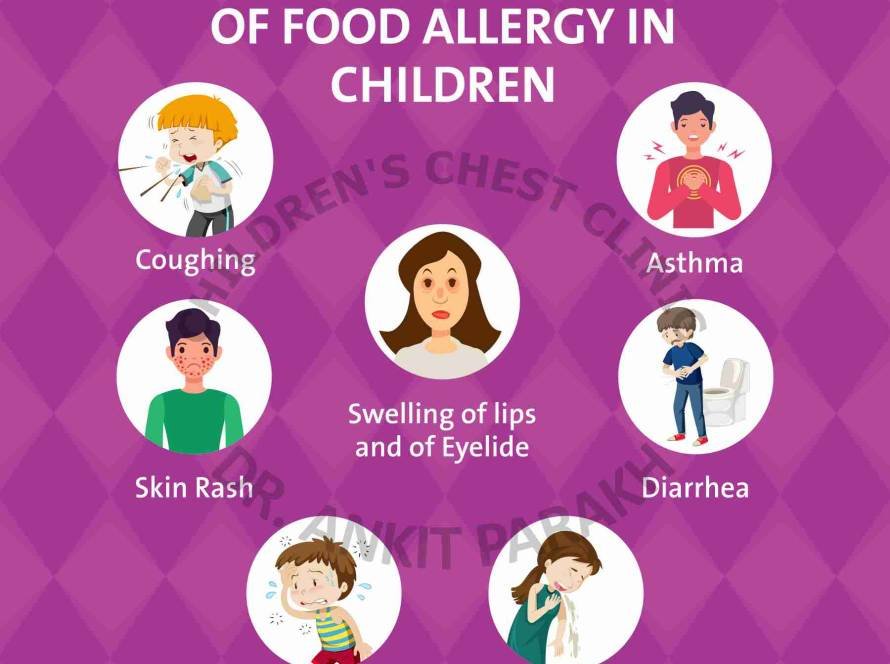Is Flexible Bronchoscopy Safe in Young Children?
Flexible bronchoscopy is a very important tool for diagnosis and sometimes treatment of children with various complex respiratory problems. It allows direct visualization of the child’s airways using a thin, flexible tube with a camera. Understandably, many parents worry about whether this is a safe investigation, especially for young children. With advances in pediatric pulmonology, flexible bronchoscopy has become a reliable, minimally invasive, and safe diagnostic tool.
What is Flexible Bronchoscopy?
Flexible bronchoscopy is a procedure in which a thin, flexible tube called a bronchoscope is inserted through the nose or mouth into the windpipe and lungs. This allows doctors to:
- Directly view the airways
- Collect samples of mucus or tissue
- Remove obstructions such as mucus plugs or foreign bodies
Unlike rigid bronchoscopy, which requires general anesthesia and is more invasive, flexible bronchoscopy is gentler and especially useful in children.
Indications for Bronchoscopy in Children
Flexible bronchoscopy is recommended when routine tests (chest X-ray, CT scan, blood work) are not sufficient to identify the cause of breathing difficulties. Common indications include:
- Noisy breathing in children
- Recurrent or non-resolving pneumonia
- Wheezing not responding to asthma medications
- Suspected inhalation of a foreign body
- Evaluation of congenital airway abnormalities
- Need for airway clearance in critical illness (lung collapse)
Why is Bronchoscopy Needed in Critical Conditions?
In critically ill children, bronchoscopy can be life-saving. It helps in:
- Guiding treatment by visualizing airway narrowing or malformations
- Identifying infections when other diagnostic tools fail
- Clearing secretions or mucus plugs that may block the airways
- Removing foreign bodies from the child’s airways
In these situations, the benefits of bronchoscopy far outweigh the risks.
Safety of Flexible Bronchoscopy in Young Children
Parents often ask whether bronchoscopy is safe for young children. The answer is reassuring—yes, when performed by trained pediatric pulmonologists, flexible bronchoscopy is very safe:
- The procedure is usually done under sedation, ensuring the child is comfortable and pain-free.
- Continuous monitoring of oxygen levels, heart rate, and breathing ensures safety during the procedure.
- Complications such as mild cough, temporary hoarseness, or slight bleeding from the airway are usually minor and resolve quickly.
- Serious complications are rare, especially in experienced hands and well-equipped centers.
Conclusion
Flexible bronchoscopy is a safe investigation for young children when performed by trained specialists. It plays a vital role in diagnosing and managing complex or critical respiratory problems, providing doctors with valuable insights that no other test can offer. Parents can be assured that bronchoscopy is both safe and effective in improving their child’s respiratory health.






